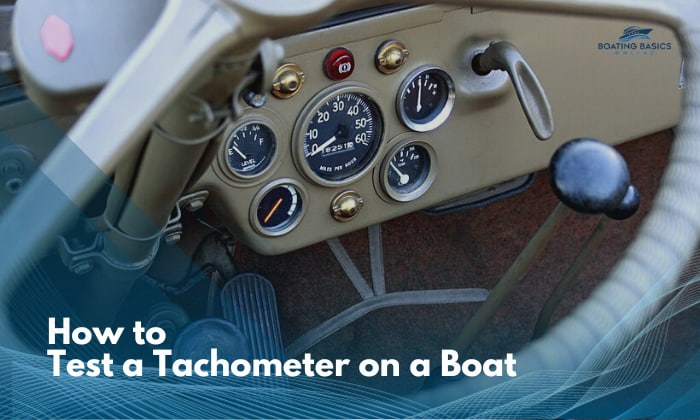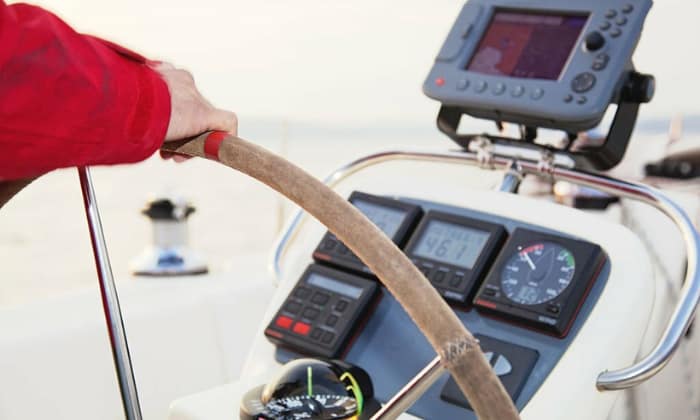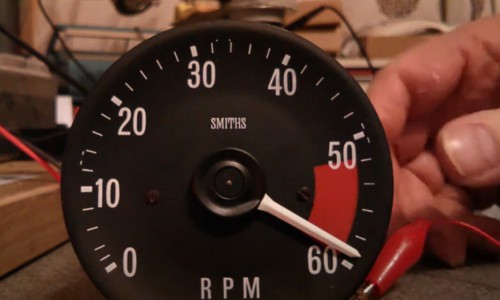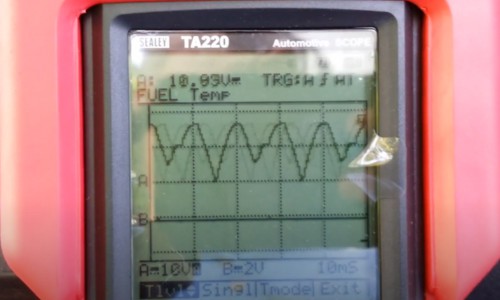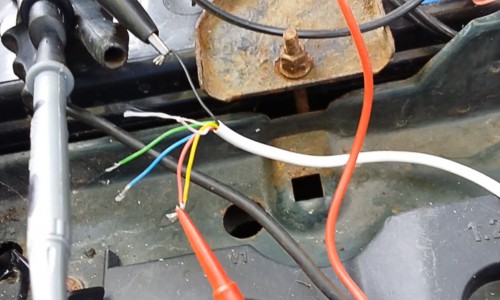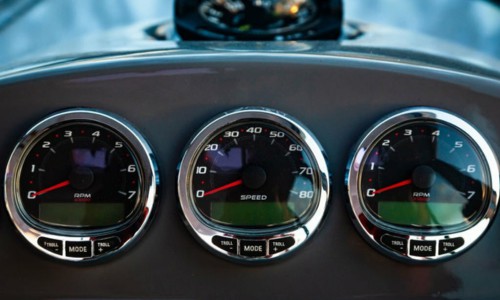A well-calibrated tachometer can be any boater’s gateway to unlocking the full potential of their marine engine, but what if you suspect it’s not giving you the real rotation speed? No worries, this guide will teach you how to test a tachometer on a boat.
It reveals steps and methods that have consistently worked for me. Overall, you should give them a try if you suddenly find that your boat tachometer is not working.
Tachometer troubleshooting is also not that hard if you already know the order of steps you should be taking. Let’s begin!
Table of Contents
Ways to Test a Tachometer on a Boat
Analog tachometers typically use analog meters and signals, while their digital counterparts use electronic displays and digital signals that are generated by an electronic circuit.
How you’ll check either one will be dictated by the tachometer type.
- Analog tachs may involve checking for needle movement and voltage fluctuations.
- Digital tachs may need you to verify data inputs and signal processing.
How to Test and Troubleshoot a Boat Tachometer
1. Perform Initial Assessments and Diagnostics.
Whenever I encounter a tachometer not reading correctly, my first instinct is to always give it a thorough assessment first. For one, there could be a multitude of reasons why your tachometer is always reading zero.
You can start by remembering and following these first few steps:
- Determine the tachometer’s type – Is it analog or digital? Knowing this exact information will only aid you in effectively resolving the issue.
- Checking for power – Is it receiving the power it needs to generate a good signal? Ensure that’s the case by checking if the instrument lamp on the tach is working. A lighted lamp indicates a good power supply.
- Inspect the ground connection – Examine the ground connection of the tach and make sure it’s secure without loose or damaged connections.
- Check for tachometer issues – I’ve had a tach that stops working while driving, while a more common problem is that it’s no longer able to read RPMs (i.e. consistently displaying zero).
There’s also the issue of erratic figures every time you read a tachometer. For example, it might show 900 RPM at idle and 3,600 RPM off at full speed.
2. Locate the Tachometer’s Signal Source Then Check the Signal Voltage.
- Identify where the tachometer receives its signal. In certain boats, it comes from the alternator. Other vessels may have the signal being generated by a magnetic pickup near the flywheel.
- Before you test tachometer signal with a multimeter, see if the voltage between the positive and negative terminals are correct or not. When measured with a multimeter, it will be 12 or 24V DC.
- Next, disconnect the signal wire from the tachometer and set your multimeter to AC voltage.
- Afterward, start the engine and set it to idle. Check for voltage between the signal wire and ground. It should give readings of around 3 VAC if the signal is functioning as it should.
Getting no voltage? Or maybe the reading is fluctuating significantly? Those are tell-tale signs that you have a problem with the signal source or wiring.
3. Inspect the Tach’s Wiring.
Trace the wiring from the signal source (this can be either the magnetic pickup or alternator) to the tachometer. Be on the lookout for loose connections, damaged wires, or signs of corrosion.
If you do discover them, either repair or replace those faulty wiring yourself or have a professional do it for you. If you choose to go for the latter route, take the time to request a more thorough test on the tach signal wire.
4. Conduct Bench Testing.
To know if the tachometer is bad, you’ll have to remove it from the boat for bench testing. Once you do, you’ll need a good signal source. For example, a 12V AC power supply has worked for me consistently.
Connect the tachometer and observe its readings. If the tachometer responds accurately to the bench test, it may not be the source of the problem.
If you want to know the normal tachometer reading, note that plenty of boat engines hover at a bit over 3,500 RPMs to 4,500 RPMs.
If you happen to have a Faria tachometer, this video goes over some testing procedures that have helped me in the past as well. It also reveals how a working tach should function if there are no hitches:
Still Not Getting the Right Reading?
Even after checking the wiring and signal source, as well as bench testing, and you still get a bad reading or the tachometer’s still not working, it’s high time to consult a professional marine technician or electrician to handle the job for you.
I don’t mind availing of their services, since they can perform deeper diagnostics, as I’ve mentioned, which may be necessary to solve the issue.
Conclusion
In conclusion, the boat tachometer, that seemingly small instrument nestled within your boat’s dashboard, plays a pivotal role in your boating experience.
It’s not just a gauge that tells you how fast your engine is spinning; it’s a window into your boat’s health, efficiency, and performance. As such, it’s only every boater’s responsibility to know how to test a tachometer on a boat.
The actual tweaks and repairs may be best left to more capable hands, though, assuming you haven’t got the technical know-how to do them.

“My intention from the first day establishing Boating Basics Online is to provide as much help as possible for boaters who want to experience a first safe and convenient trip. So feel free to join us and share your beautiful journeys to the sea!”

